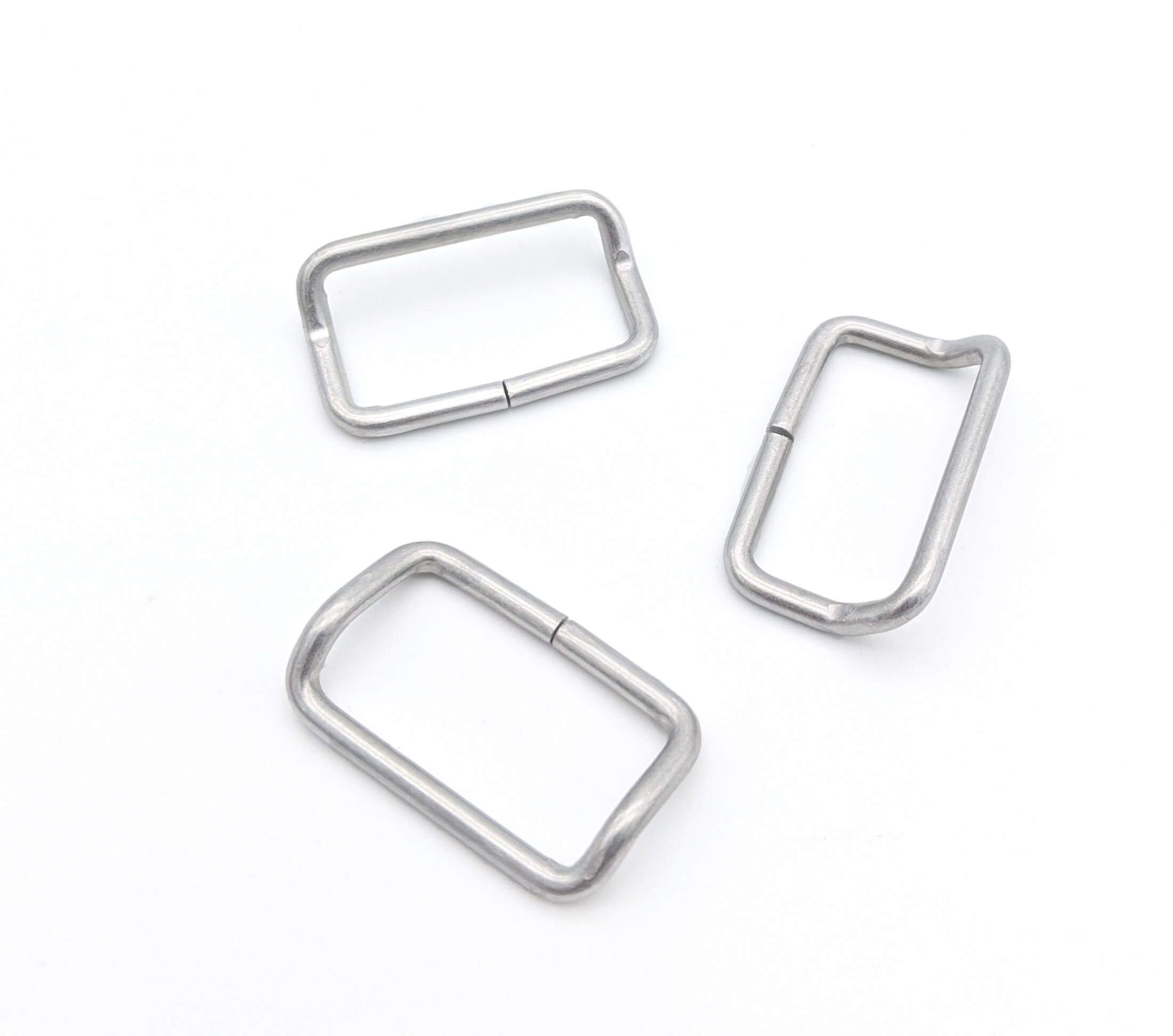Get unique, complex parts easily. No matter your requirements, Chaoyi Spring creates hard-to-produce coil springs and wire forms.
Let us help you create the custom wire form you need, from S-hooks and J-hooks to utility hooks and more.
We work closely with customers across a wide range of industries, helping them design and manufacture made-to-order parts.
Why choose Chaoyi Spring? We prioritize customer-focused collaboration, modern equipment and the latest technology to make your parts per print.
Find the information and guidance you need, from measuring a spring to learning about materials, placing an order and much more.
Tension springs are essential components in countless mechanical systems, providing a force that stretches or pulls when elongated. They are often used to return a mechanism to its original position,


Tension springs are essential components in countless mechanical systems, providing a force that stretches or pulls when elongated. They are often used to return a mechanism to its original position, provide resistance, or store energy. Selecting the right tension spring for your application is crucial for optimal performance, reliability, and longevity. This comprehensive guide will provide you with an in-depth understanding of tension springs by size, covering various aspects from materials and construction to spring rate and applications.

Tension springs are characterized by their unique design and the way they function. They typically consist of a coiled wire that stretches when subjected to a pulling force. The size of a tension spring is crucial for its performance and suitability for a specific application. When selecting a tension spring, considering factors like wire diameter, coil diameter, number of coils, and free length is essential.
Wire Diameter: The wire diameter is the thickness of the wire used to create the spring. It directly influences the spring's strength and load capacity. A larger wire diameter results in a stronger spring capable of handling heavier loads.
Coil Diameter: This refers to the diameter of the coil or the circumference of the spring. The coil diameter affects the spring's flexibility and how much it can stretch. A larger coil diameter typically allows for greater elongation.
Number of Coils: The number of coils in a spring determines its overall length and spring rate. More coils generally result in a higher spring rate, meaning it requires more force to stretch.
Free Length: The free length is the length of the spring when it is unstretched. It is important to select a spring with an appropriate free length to ensure it has adequate space to stretch and operate within its intended range.
The spring rate is a critical parameter that defines the relationship between force and elongation. It represents the amount of force required to stretch the spring by a specific distance. A higher spring rate means more force is needed to achieve the same elongation. The spring rate is determined by the wire diameter, coil diameter, and material properties of the spring.
Tension springs can be manufactured from various materials, each with distinct properties that influence their performance. Some common materials include:
The construction of tension springs can vary based on the requirements. They may be either wound with a constant pitch (uniform spacing between coils) or with a variable pitch (uneven spacing). The choice depends on the desired spring rate and elongation characteristics.
Tension springs find applications in a wide range of industries, playing crucial roles in various mechanical devices and systems. Some common applications include:
Choosing the appropriate tension spring involves careful consideration of several factors:
Tension springs by size play a vital role in countless mechanical systems, providing reliable force and motion control. By understanding the key parameters, materials, and applications of tension springs, you can make informed decisions when selecting the right spring for your specific needs. Remember to consider the application requirements, environmental conditions, space constraints, and load and durability factors to ensure optimal performance and longevity.
This comprehensive guide has provided insights into tension springs by size, equipping you with the knowledge to confidently select the right spring for your application. From understanding the key parameters and materials to exploring various applications, this guide has covered essential aspects to help you make informed decisions. Remember to consult with spring manufacturers or engineers for specific technical guidance and customized solutions to ensure your project's success.
Browse some of the custom wire forms and springs that we manufacture. Don’t see what you need? We specialize in made-to-order products that meet your application requirements.
Visit Our GalleryNeed a custom wire form or coil spring? We make it work. Fill out the contact form and a representative will respond within 1 business day. If you have a PDF or CAD file, you can submit to request a quote.